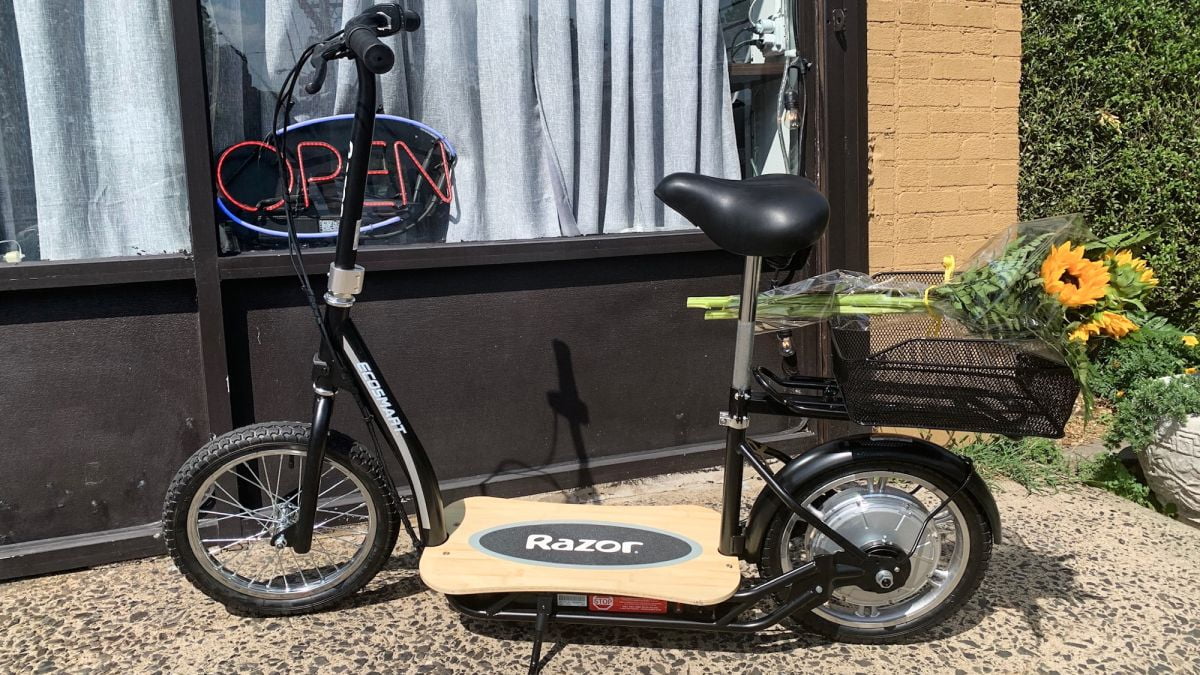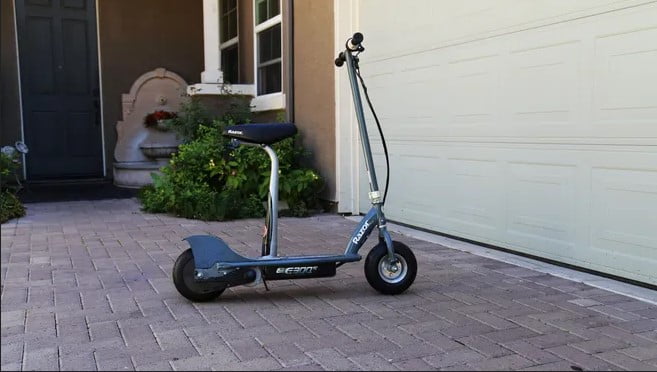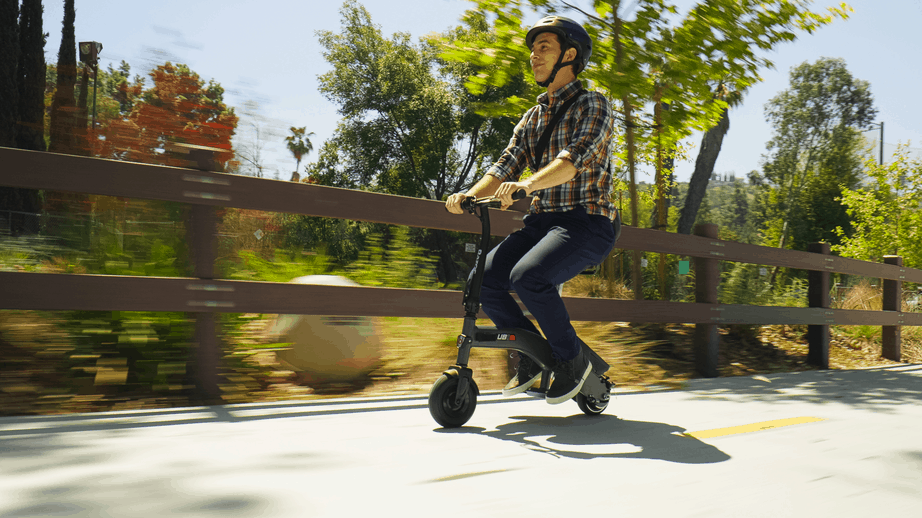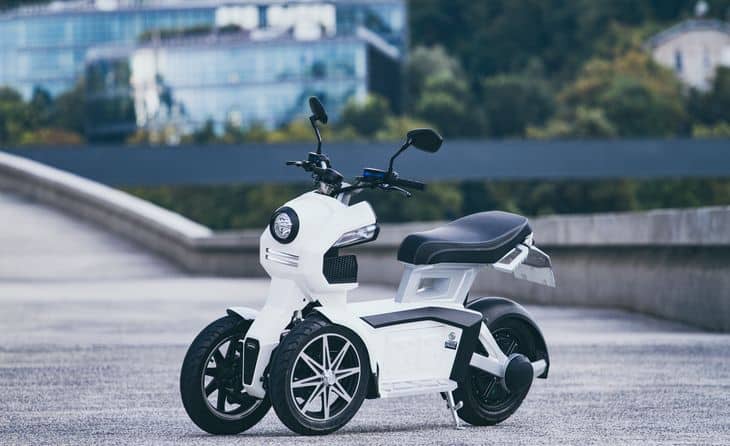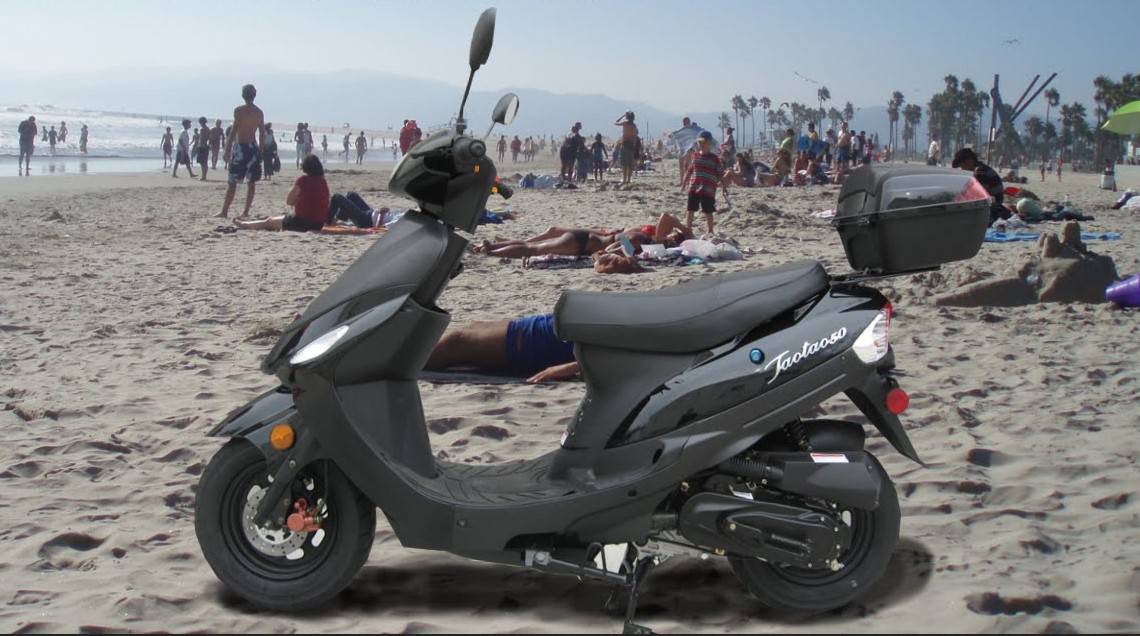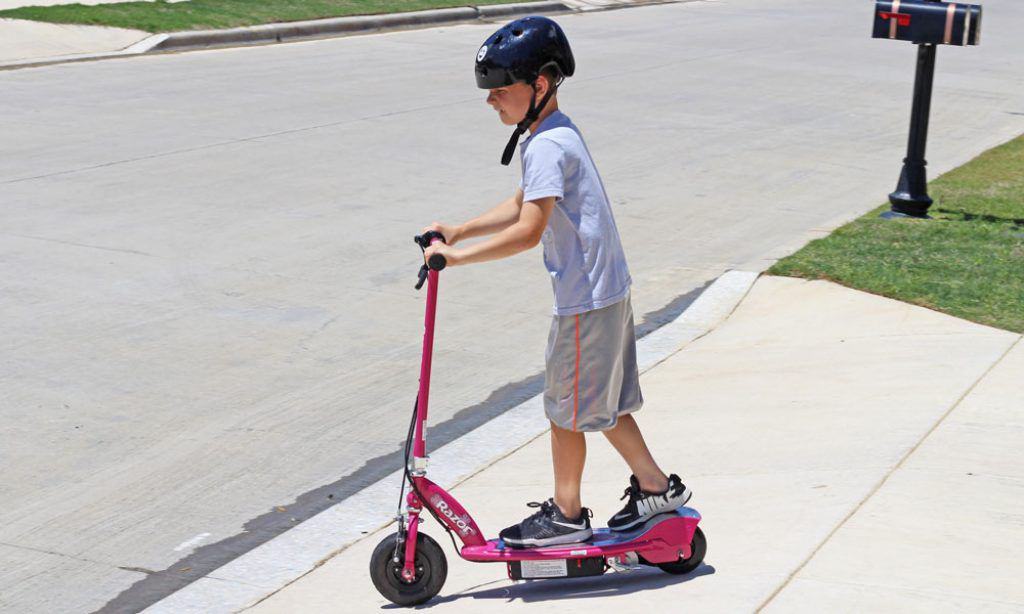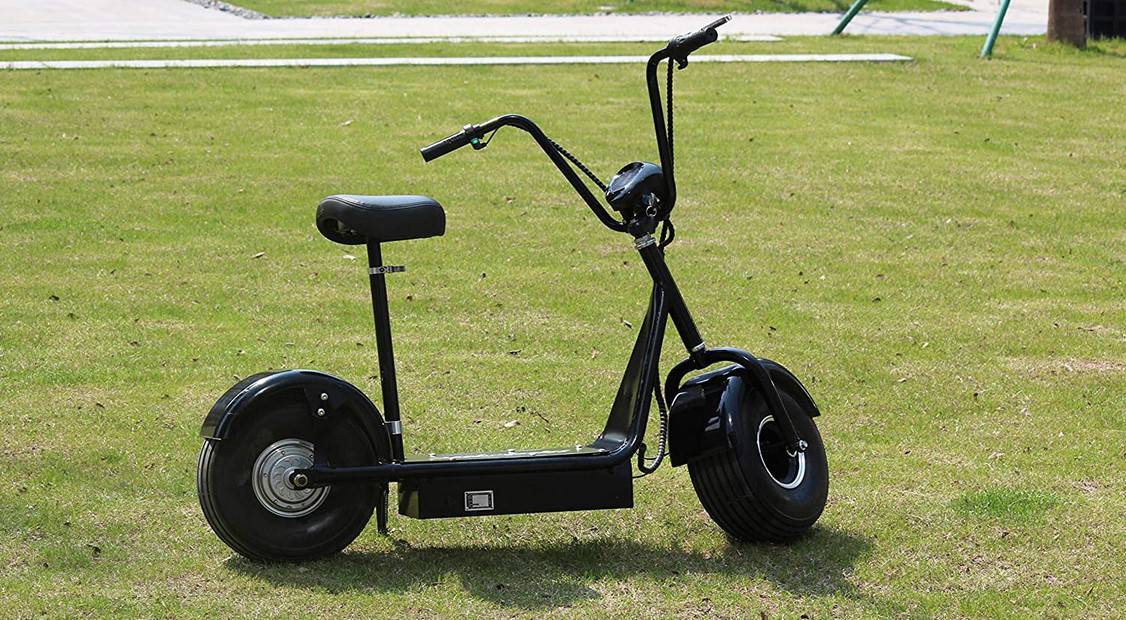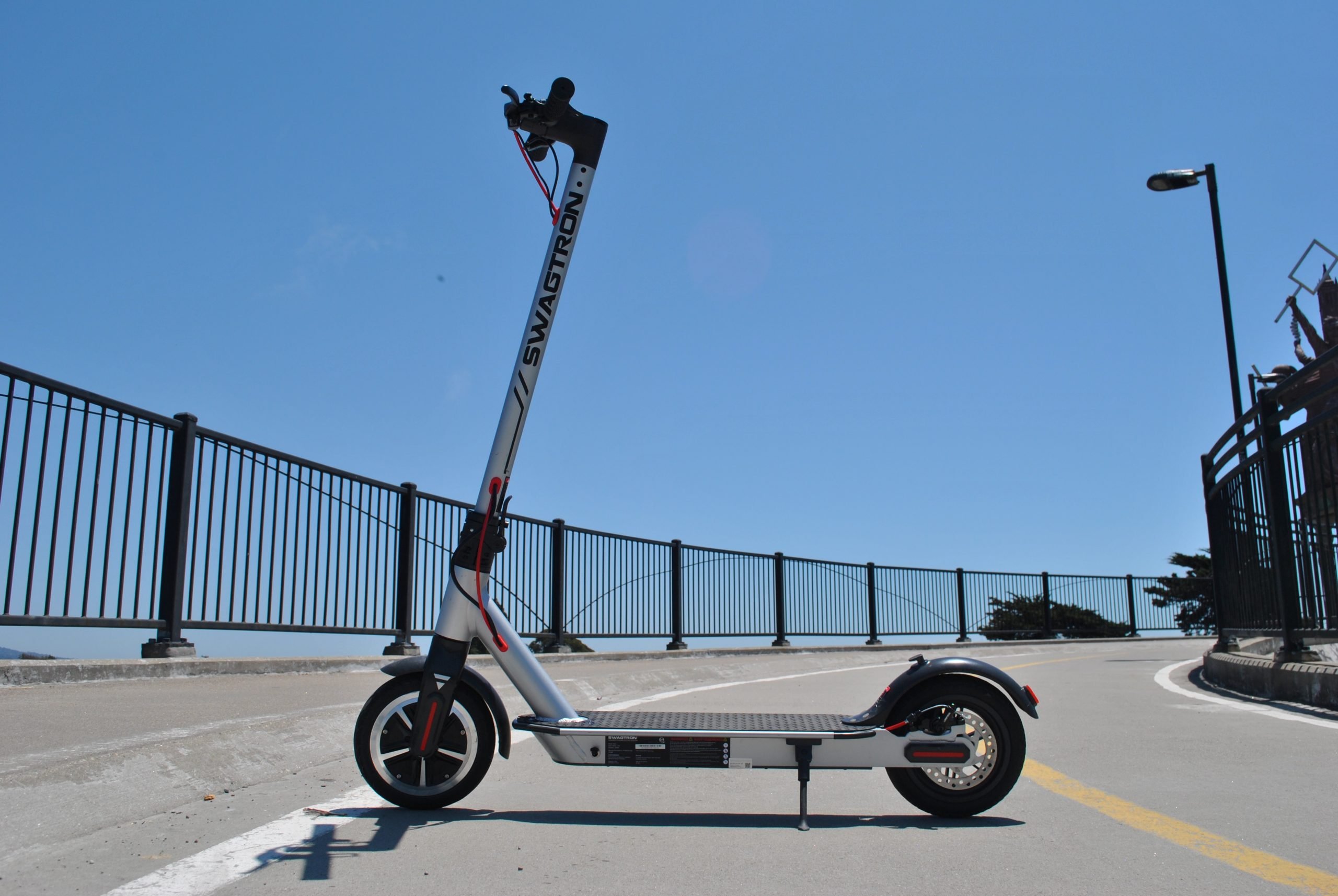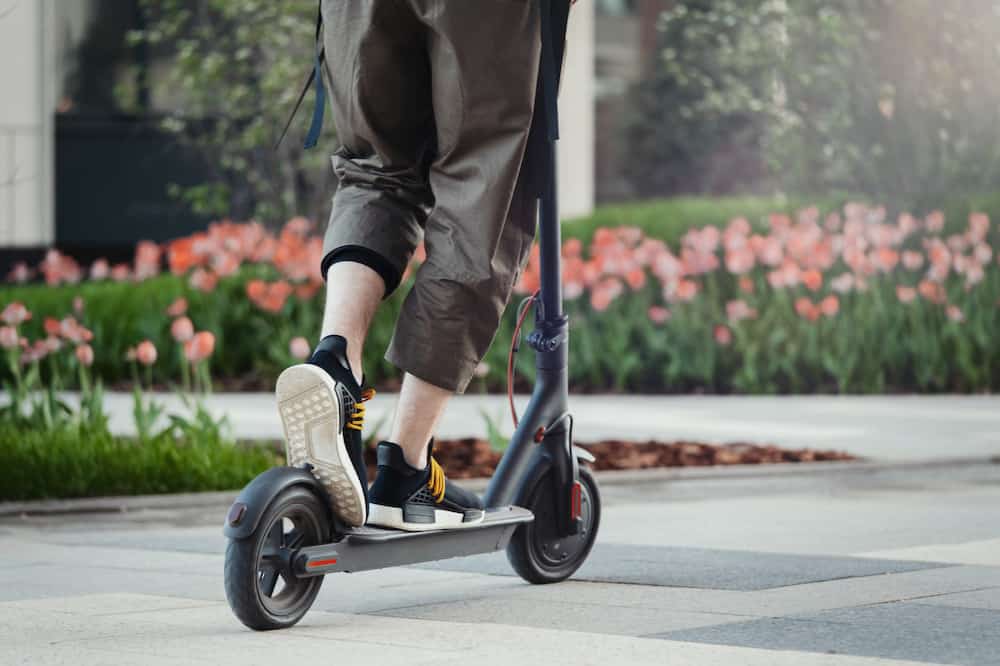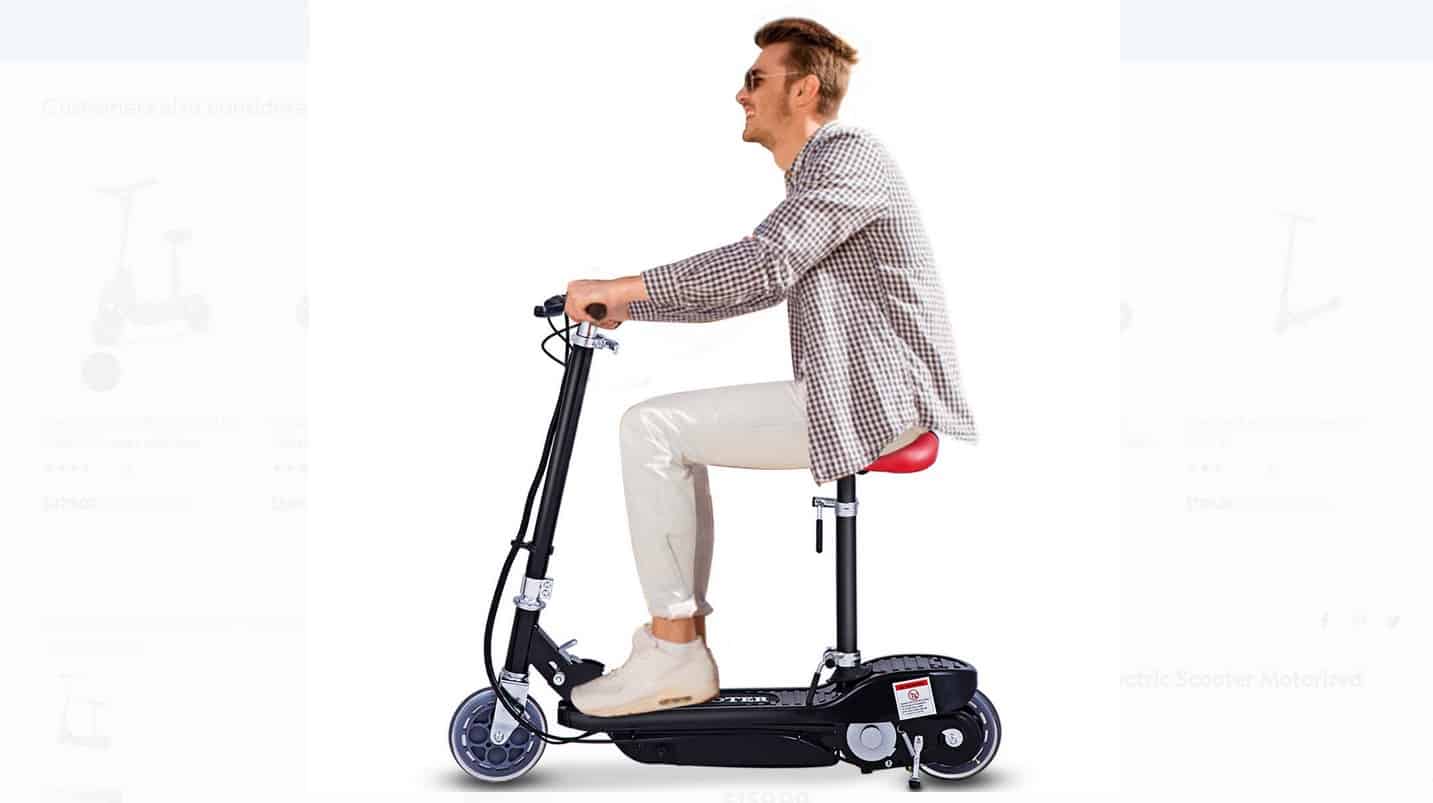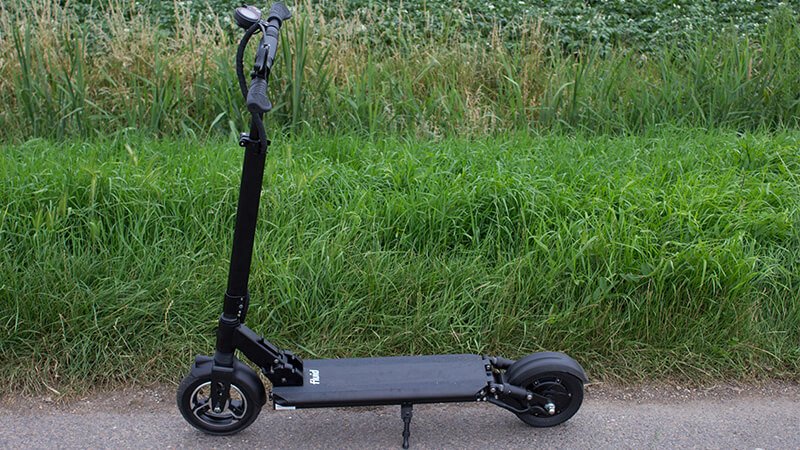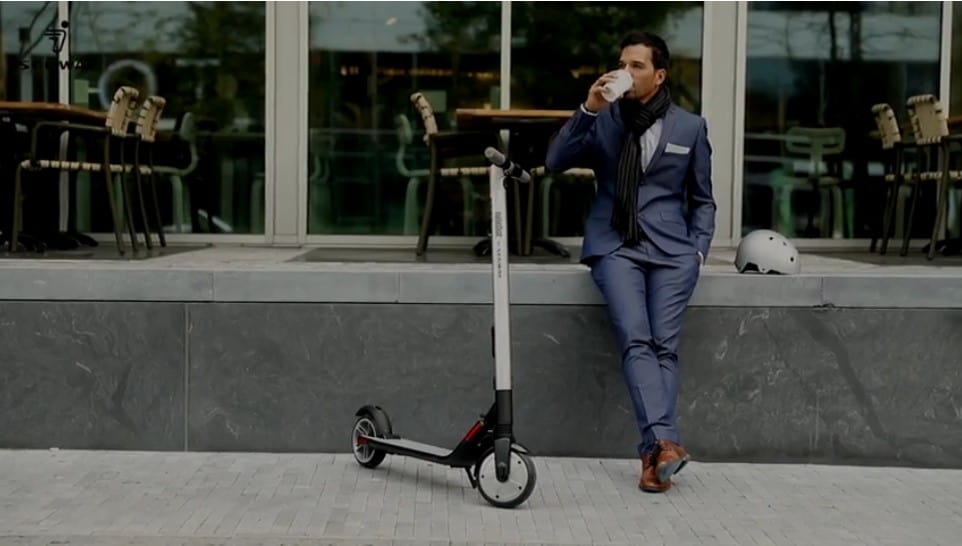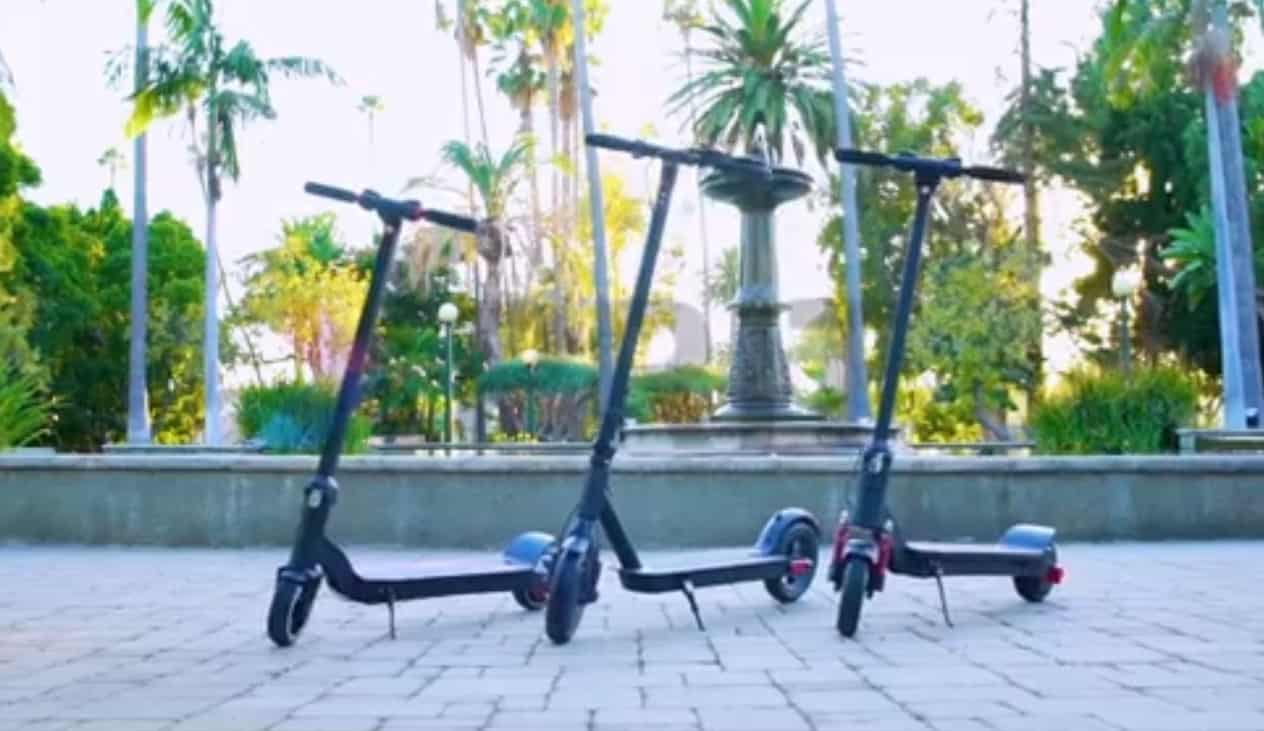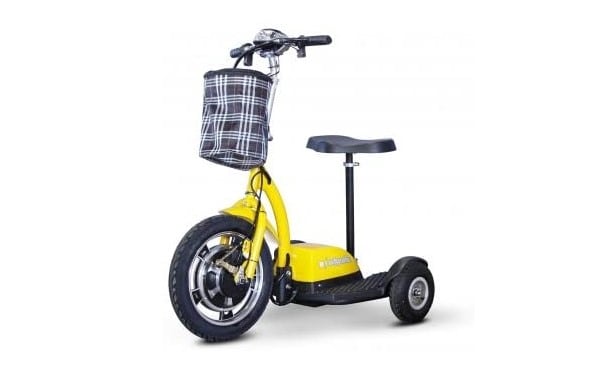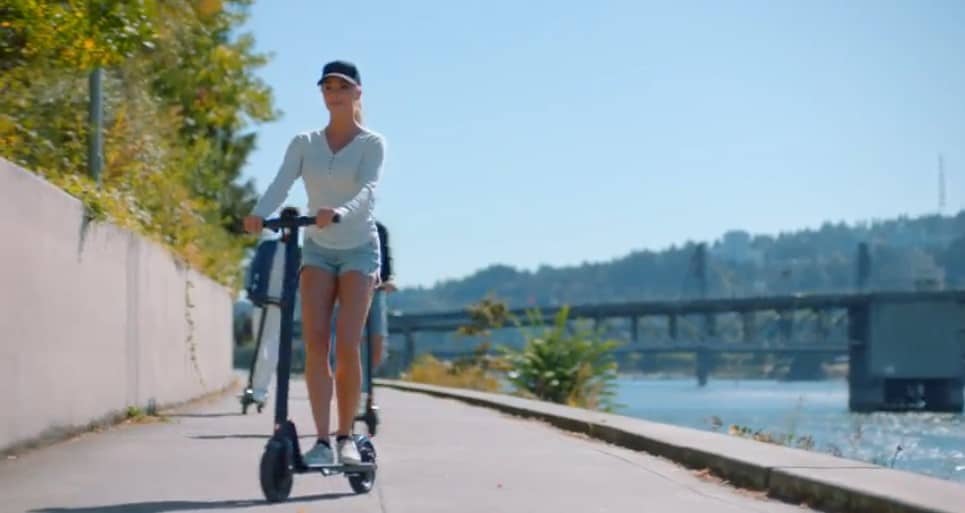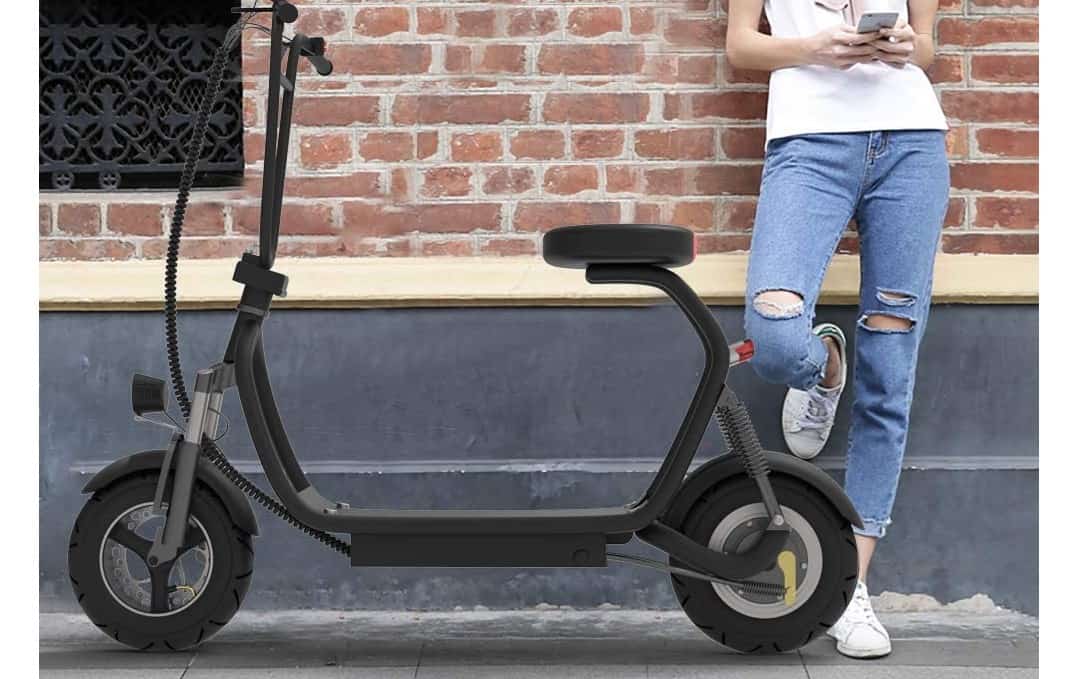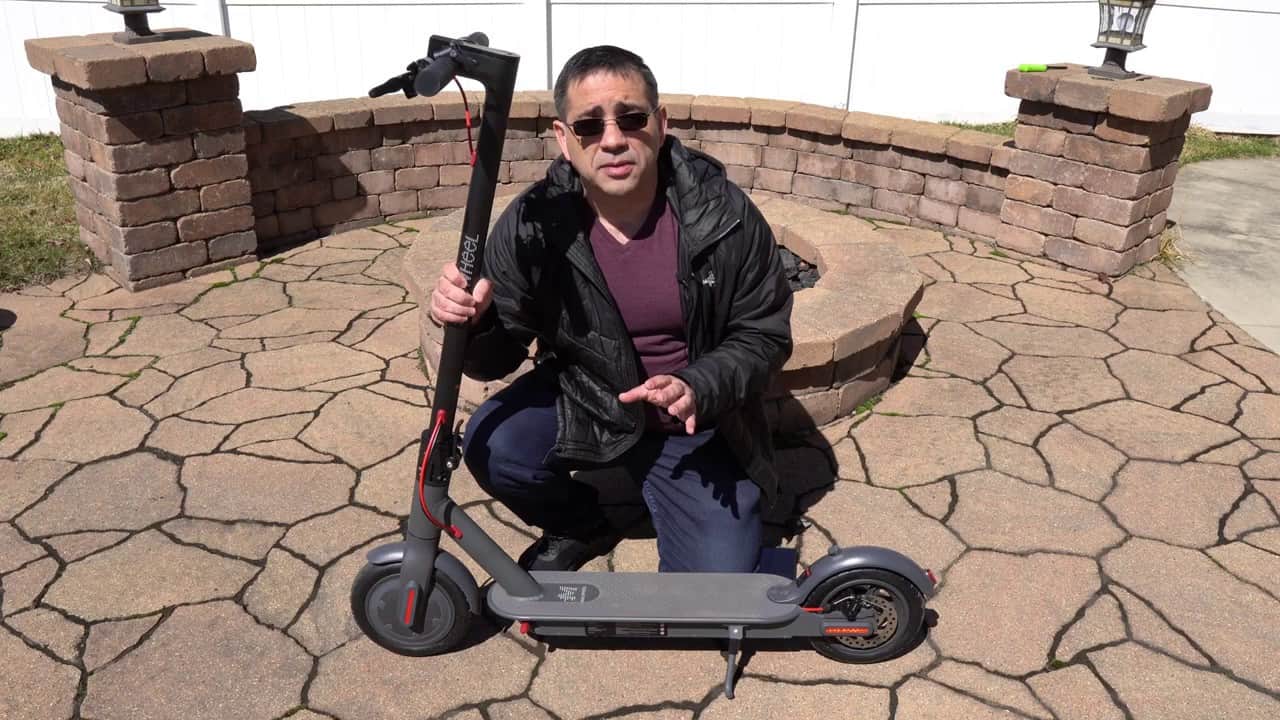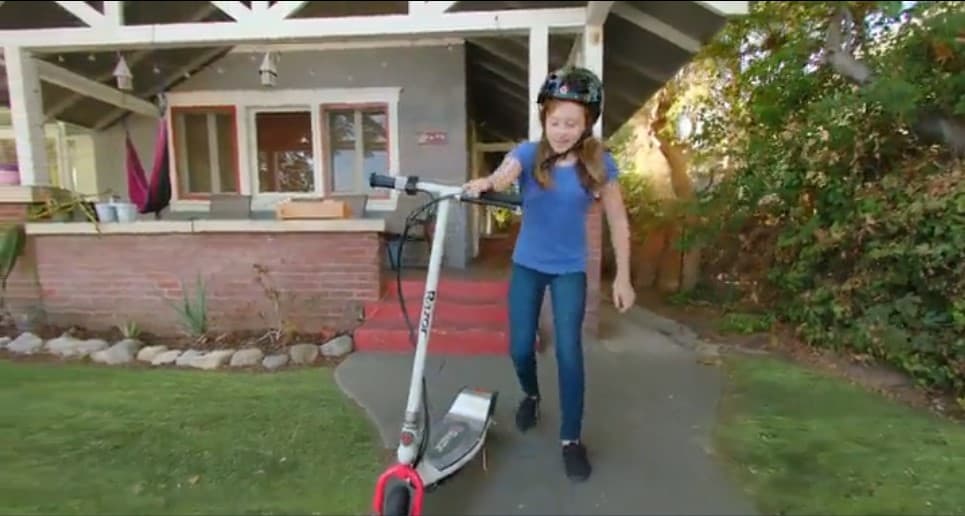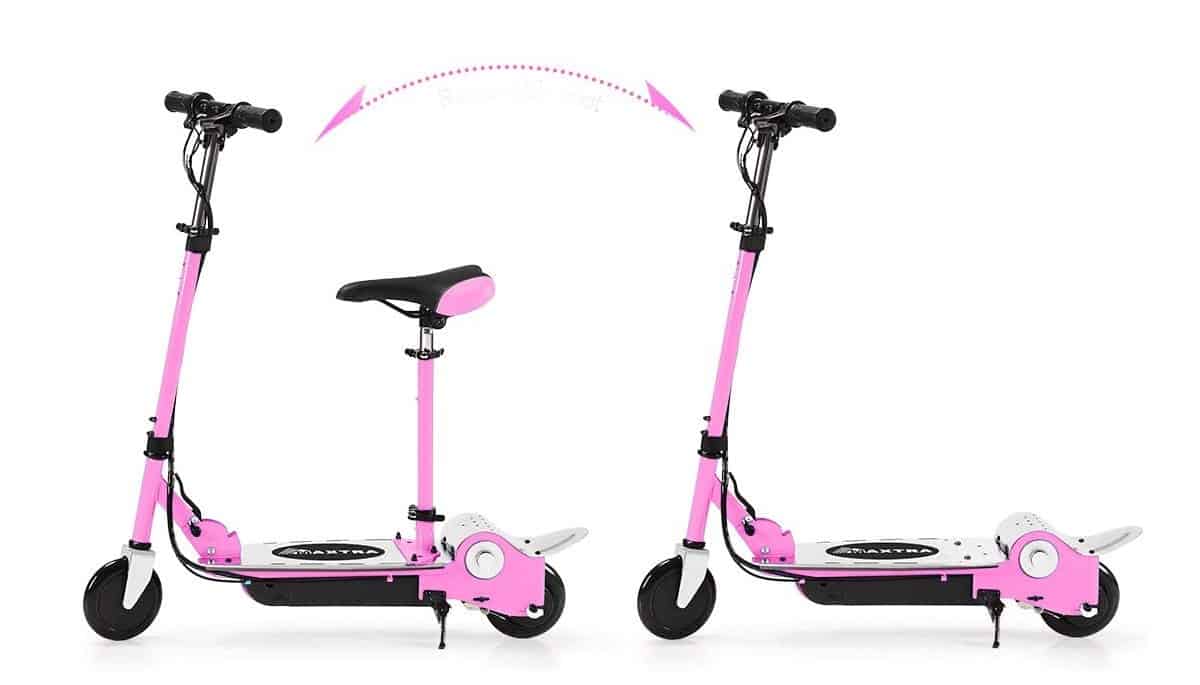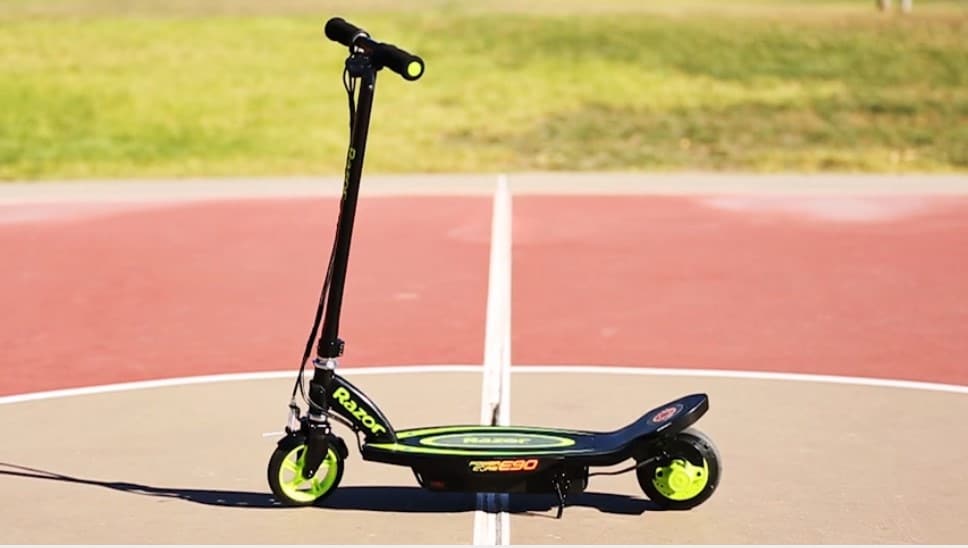If you are an e-scooter owner, you’ve probably wondered what type of motors electric scooters use. The electric scooter motor is the heart of the scooter. Depending on the type of modern electric scooter you have, they come with at least one motor. However, some powerful electric scooters have two motors.
KEY TAKEAWAYS:
- E-scooter motors work differently depending on their type. But generally, the motor will respond to the rider’s input through the controller.
- Brushless motors are also quieter and less prone to overheating. The best quality scooters in the market today come with a Brushless DC motor.
- The Brushless motors became more popular because they are more durable, efficient, and perform better than brushed motors.
E-scooters offer a great benefit when it comes to mobility, especially in a crowded city. They are efficient, convenient, and, most importantly, safe for the planet. Electric scooters also face a lot of criticism when it comes to safety. It has been reported that about 30 people in the U.S have been killed riding electric scooters since 2018.
What is an Electric Scooter Motor?
Just like humans have a heart, the e-scooter has a DC electric motor that acts like a powerplant. This component determines the acceleration, top speed, power consumption, hill-climbing ability, and overall performance of the scooter.
There are two types of motors used in e-scooters. The brushless and brushed DC electric motors.
How do Electric Scooter Motors Work?
E-scooter motors work differently depending on their type. But generally, the motor will respond to the rider’s input through the controller. The moment you hit the throttle on the scooter handlebar, the signal is sent from the controller to the motor to activate the motion.
The motor will then draw power from the battery to begin moving.
Types of E-scooter Motors
Just like gas-powered engines, a lot of research and development has gone into the electric scooter motor. Much of that effort has been put into increasing the efficiency of e-scooter performance. The following are types of electric scooters motors:
Brushed DC Motors
They are the oldest in motor technology and have a history that spans back to the 1800s. Brushed motors were among the first commercial application when converting electric power to mechanical energy. These motors have been used for nearly 140 years, both in commercial and industrial.
The brushed DC motor brushes drag along the inside of the motor, alternately powering different coil phases and producing motion. With this type of motor, over extensive use, the brushes begin to wear off due to friction, leading to voltage irregularities that can be hazardous. Voltage irregularities will also be determined by the type of e-scooter battery you’re using.
Insider Tip
It is important to note that not all motors are created equally. Therefore, you cannot judge a motor’s capability by looking at the wattage. Two separate motors can be rated 250 W. While it means they consume the same amount of electrical power, it doesn’t mean they have the same type of efficiency or even produce the same kind of mechanical power.
Brushless DC Motors
The Brushless DC motors first appeared on the market in the 1970s. Compared to the Brushed DC Motor, the Brushless motor, a digital switching circuitry replaces the mechanical component powering alternate coils in the motor. And in case you need to replace your motor or any other parts, it is important to know the ID number on your e-scooter.
The Brushless motor is also known as EC (Electrically Commutated) or BLDC. The Brushless motors became more popular because they are more durable, efficient, and perform better than brushed motors.
Brushless motors are also quieter and less prone to overheating. The best quality scooters in the market today come with a Brushless DC motor. They are more preferred over the Brushed motor in almost all electrical applications.
Electric Scooter Motor Power
All electric scooters come with a motor rating that is measured in watts. Watts is a measure of power that is equal to energy per second or joules per second. The wattage in a motor is how much power a motor is capable of consuming.
Therefore, a high wattage motor will consume more energy in a short time compared to a low wattage motor. The more energy a motor can consume, the more power it can produce mechanically. A high watt rating motor will have a higher acceleration, carry more ride weight, and climb steeper hills easily.
It is important to note that not all motors are created equally. Therefore, you cannot judge a motor’s capability by looking at the wattage. Two separate motors can be rated 250 W. While it means they consume the same amount of electrical power, it doesn’t mean they have the same type of efficiency or even produce the same kind of mechanical power.
Electric Scooter Motor Performance
An e-scooter with the most powerful motor will accelerate faster and carry bulkier goods. However, this kind of measure doesn’t tell you anything about its efficiency. Also, different e-scooter manufacturers will measure motor wattage differently, and in some instances, optimistically.
Warning
An e-scooter with the most powerful motor will accelerate faster and carry bulkier goods. However, this kind of measure doesn’t tell you anything about its efficiency. Also, different e-scooter manufacturers will measure motor wattage differently, and in some instances, optimistically.
F.A.Q.
What motor types are used in electric scooters?
There are two types of motors used in e-scooters. The brushless and brushed DC electric motors.
How many watts do scooter motors have?
An e-scooter’s average wattage ranges between 250 Watts to 5,000 Watts and more.
What are the drawbacks of Brushed DC Motors?
The brushes begin to wear off with extensive use due to friction, leading to voltage irregularities that can be hazardous.
What are the most preferred motors for electric scooters?
The best quality scooters in the market today come with a Brushless DC motor.
STAT: The electric scooter market is expected to reach $41.98 billion by 2030. By 2025 the e-scooter and motorcycle market will be $13 864.0 million. The e-scooter market will face a boom in CAGR by 8.5% (source)
REFERENCES:
- https://www.grandviewresearch.com/press-release/global-electric-scooters-market#:~:text=The%20global%20electric%20scooters%20market,by%20Grand%20View%20Research%2C%20Inc.
- https://eridehero.com/blog/electric-scooter-motors/
- https://en.wikipedia.org/wiki/Electric_motorcycles_and_scootersr
- https://www.horizontechnology.biz/blog/e-scooter-e-motorcycle-e-bike-motor-design-considerations
- https://escooternerds.com/electric-scooter-motors/

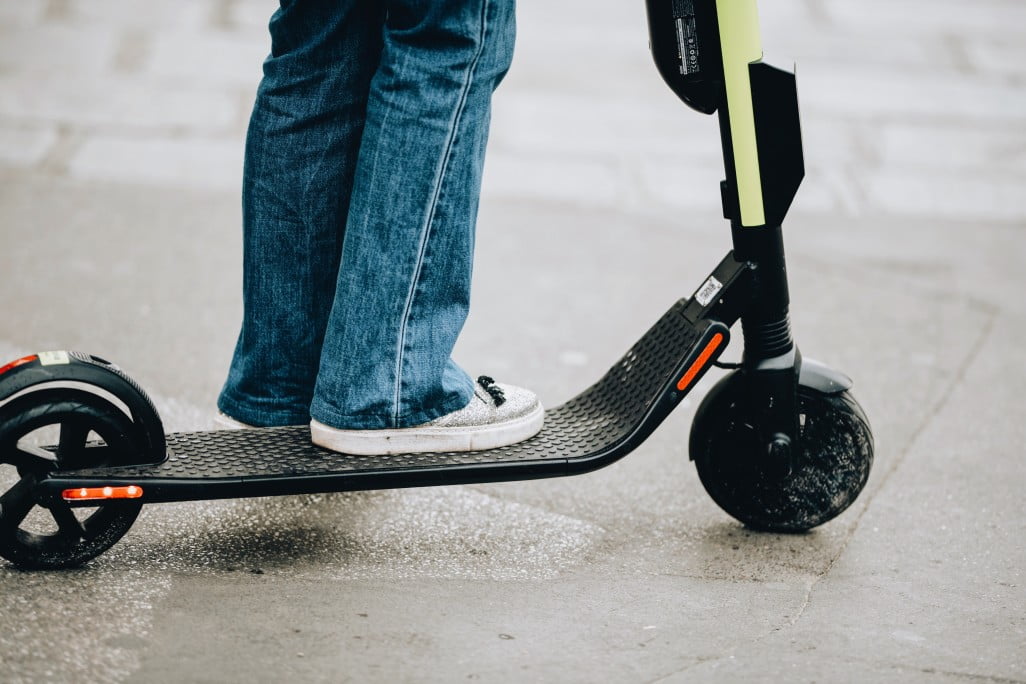













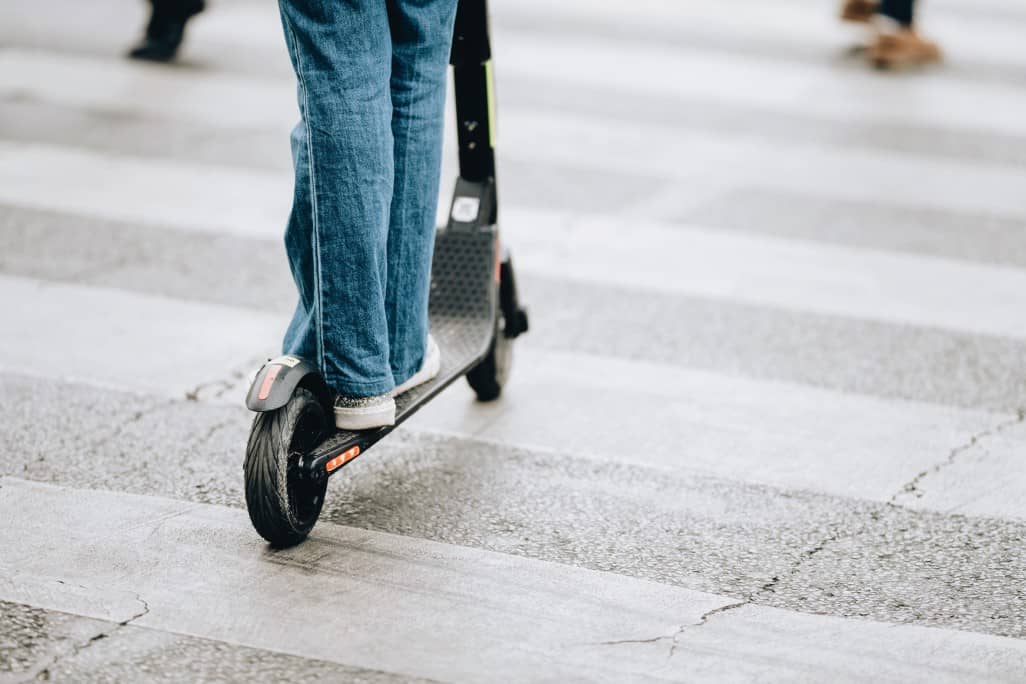
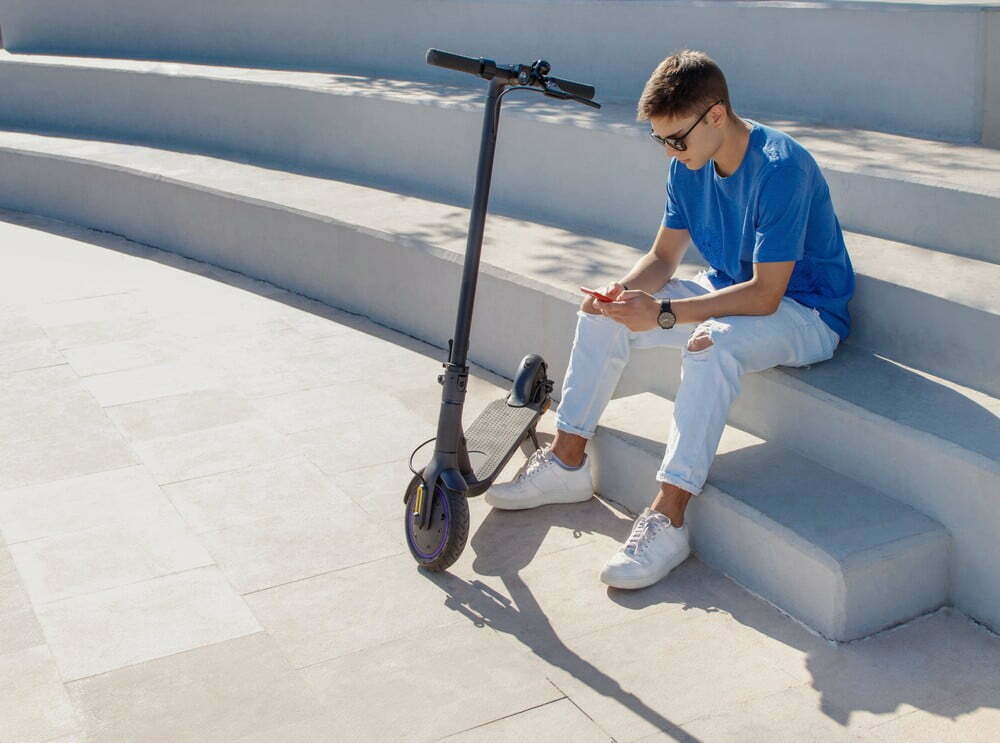

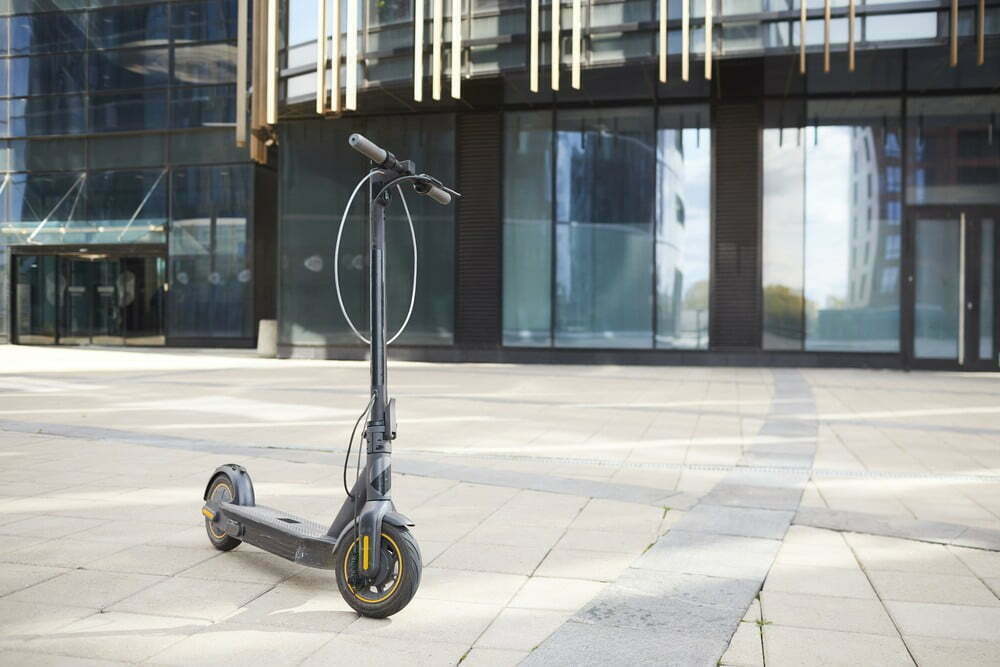
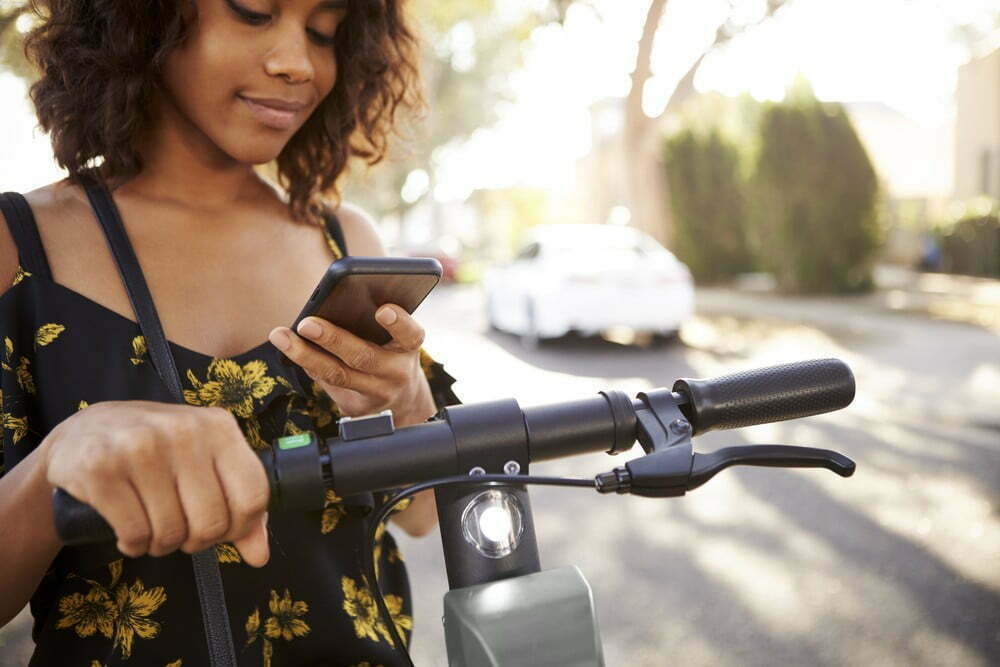
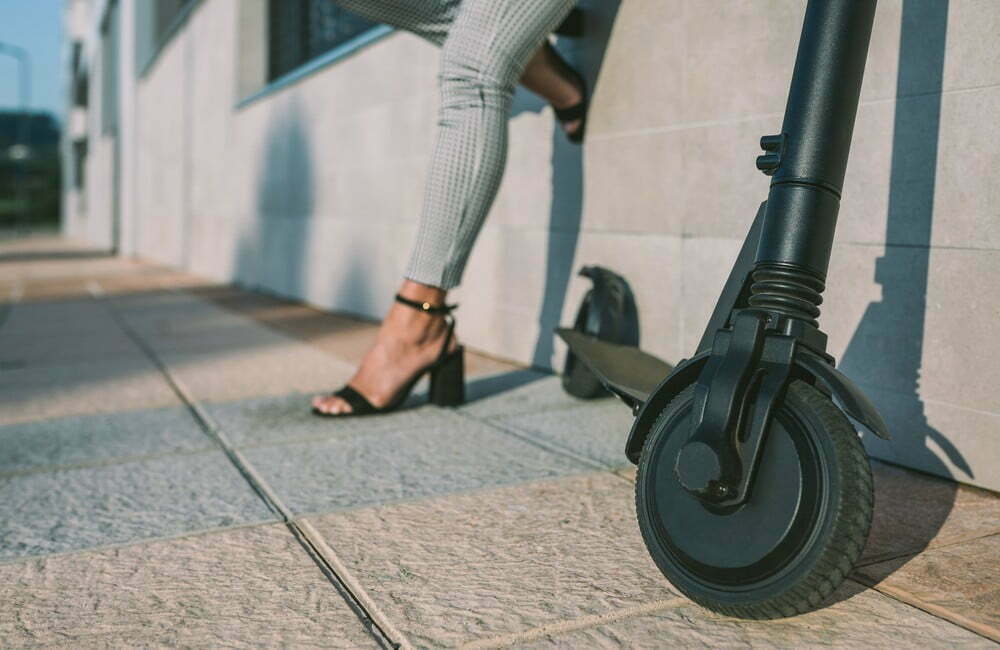
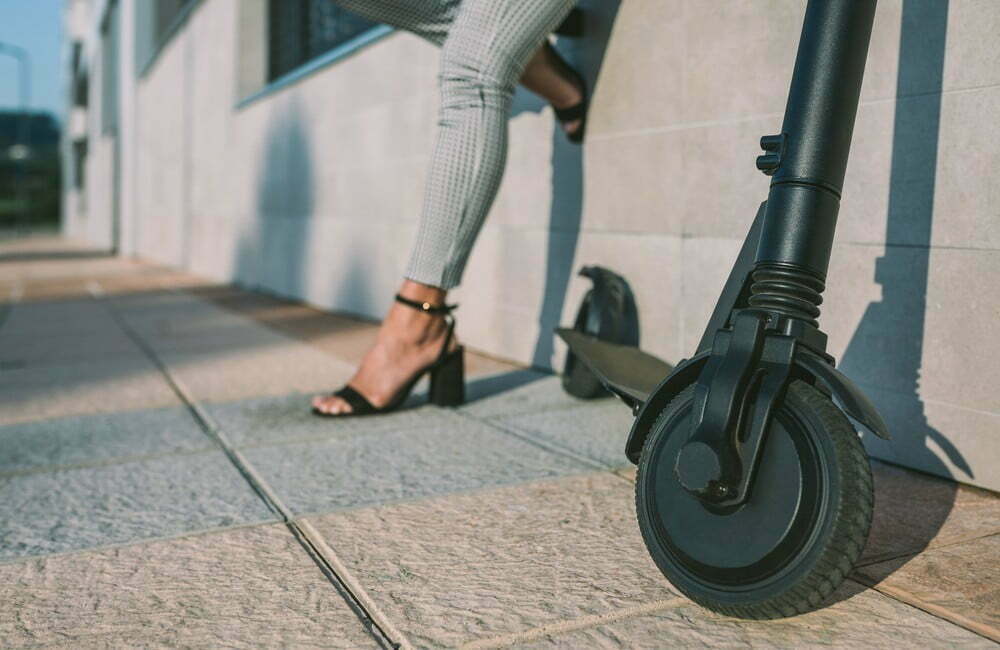
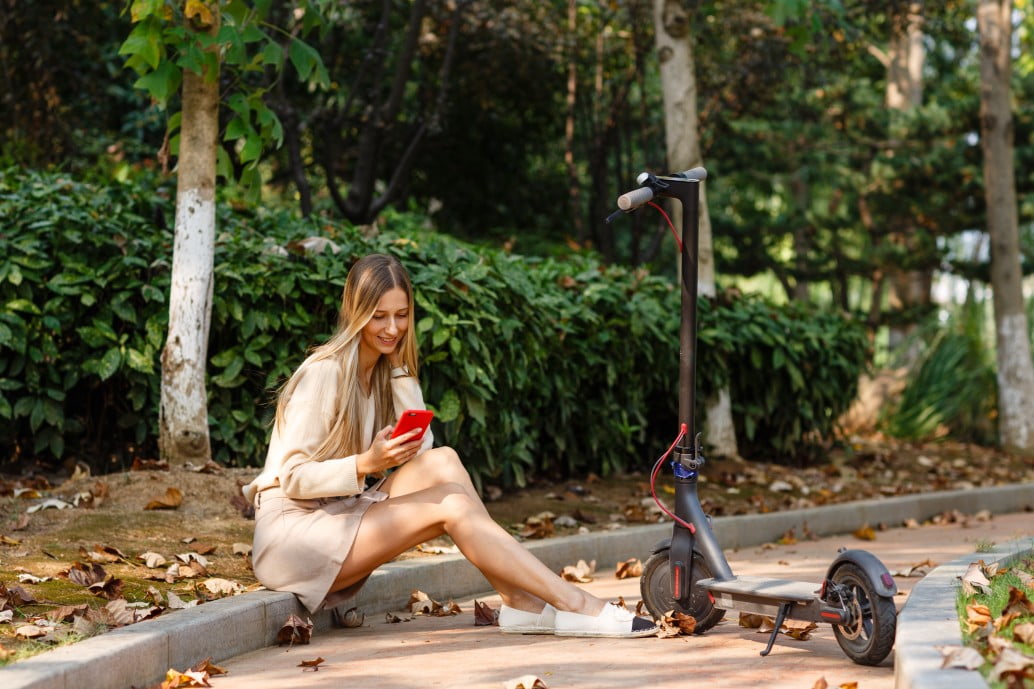
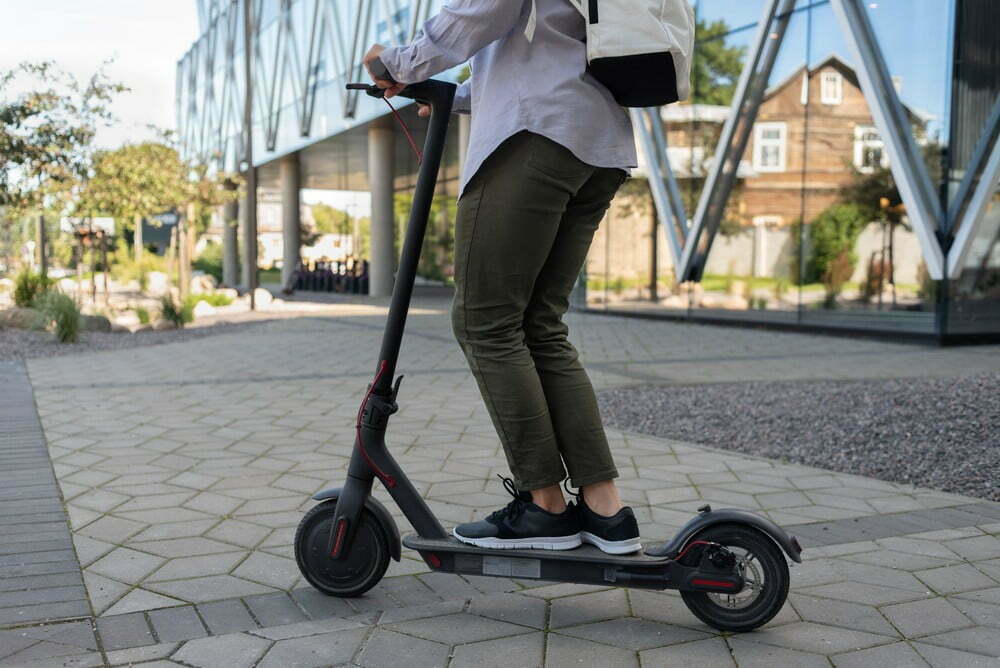
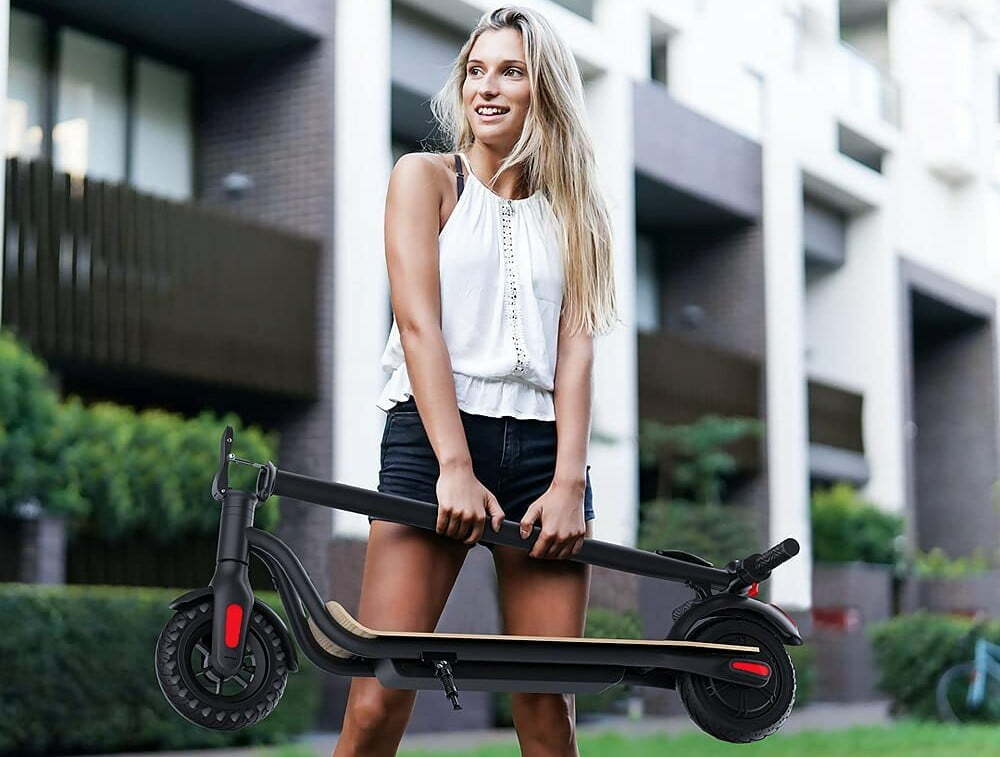
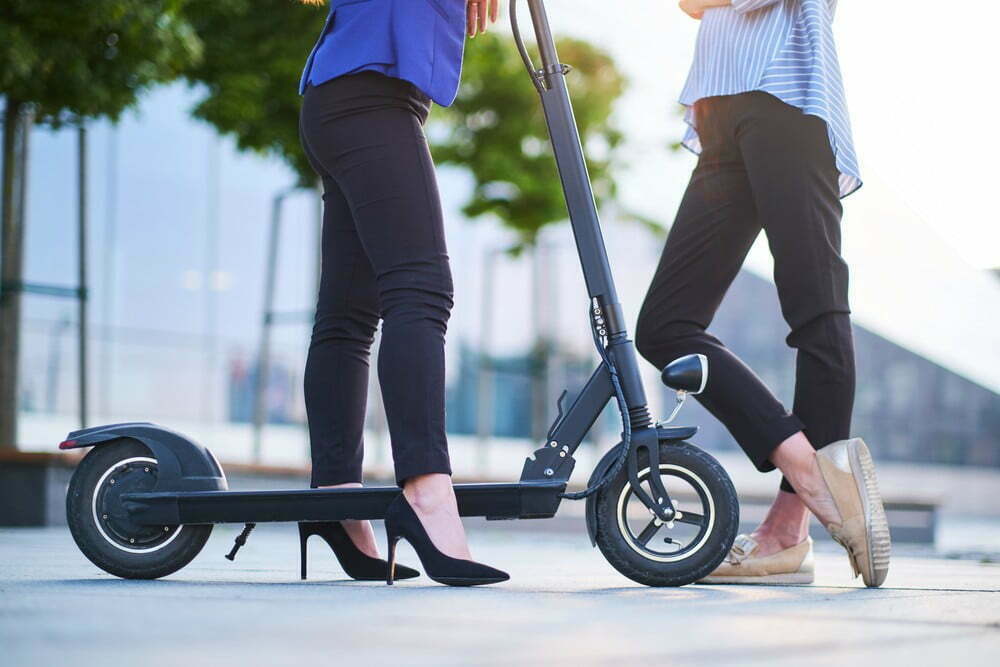
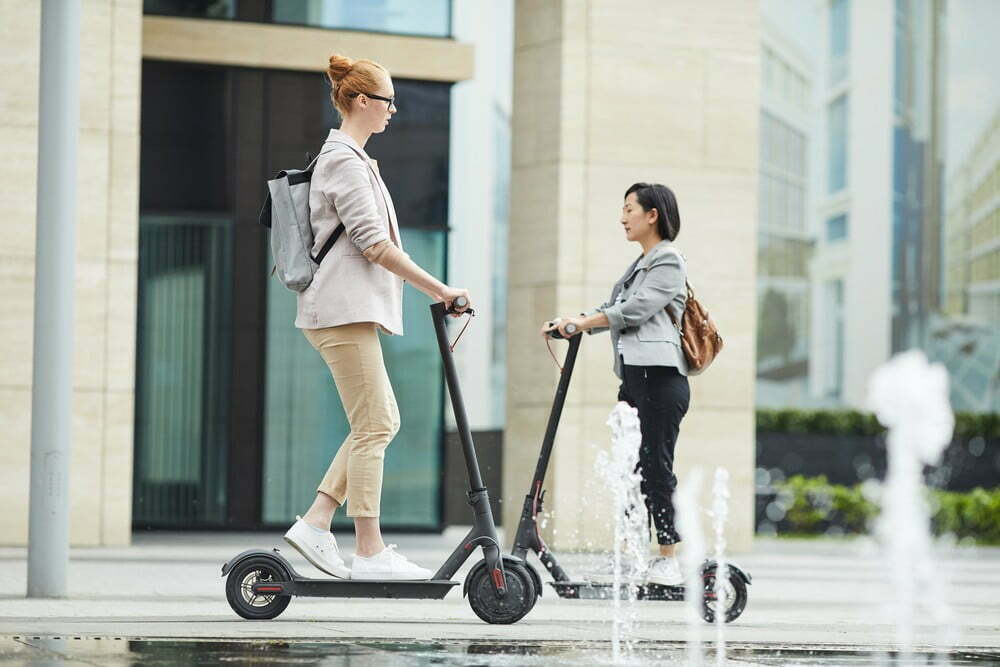
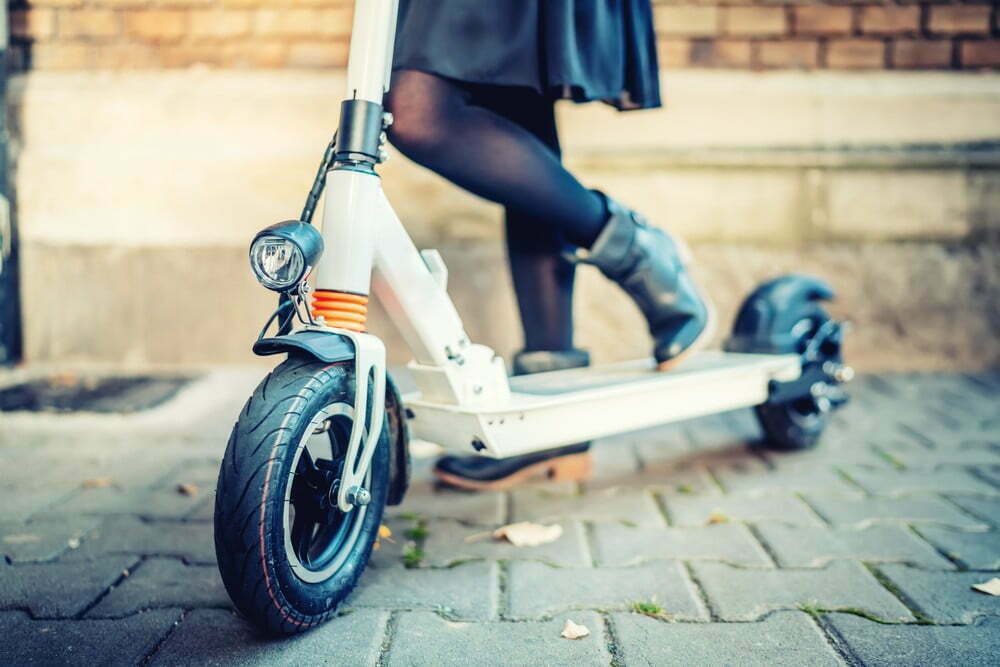
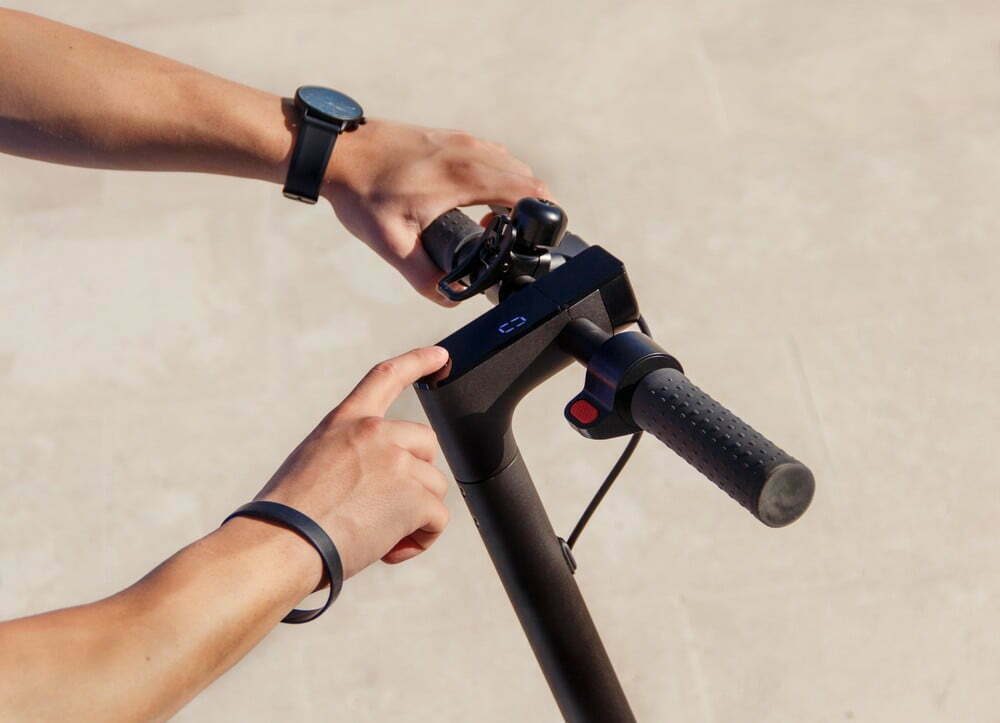
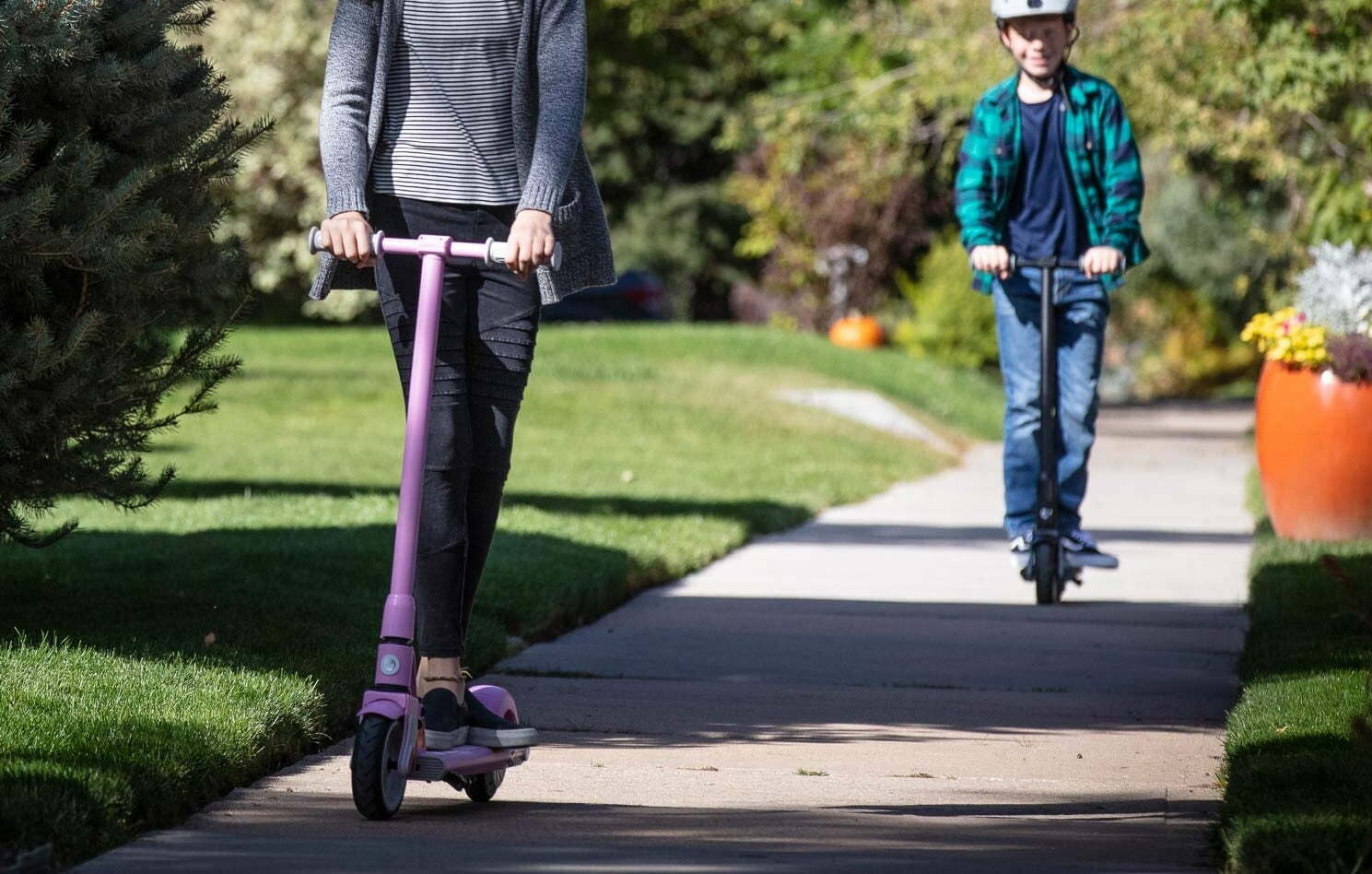
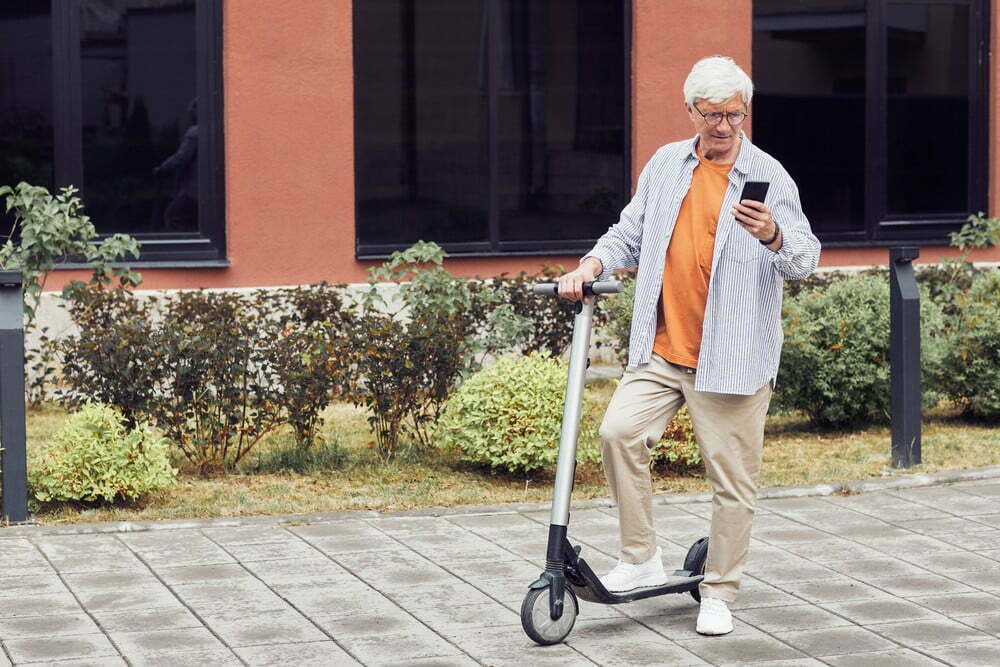
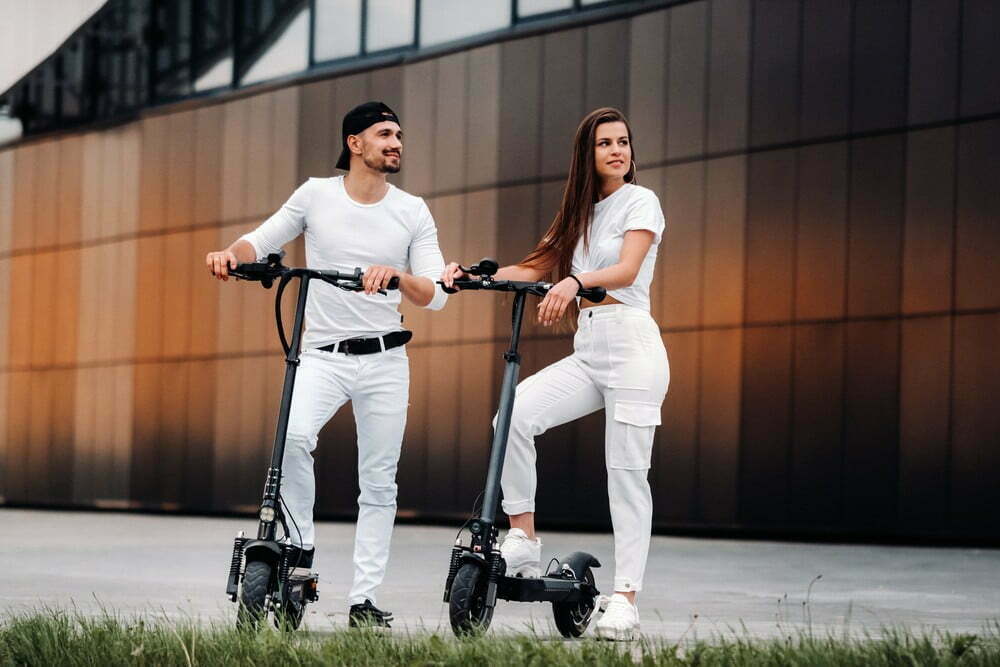
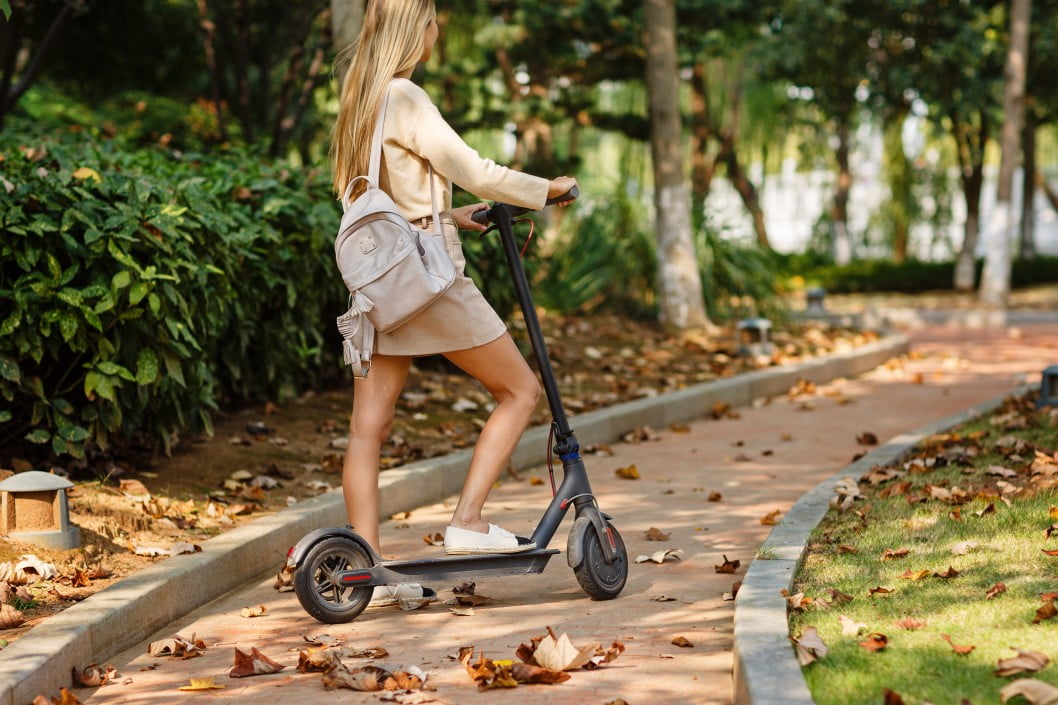
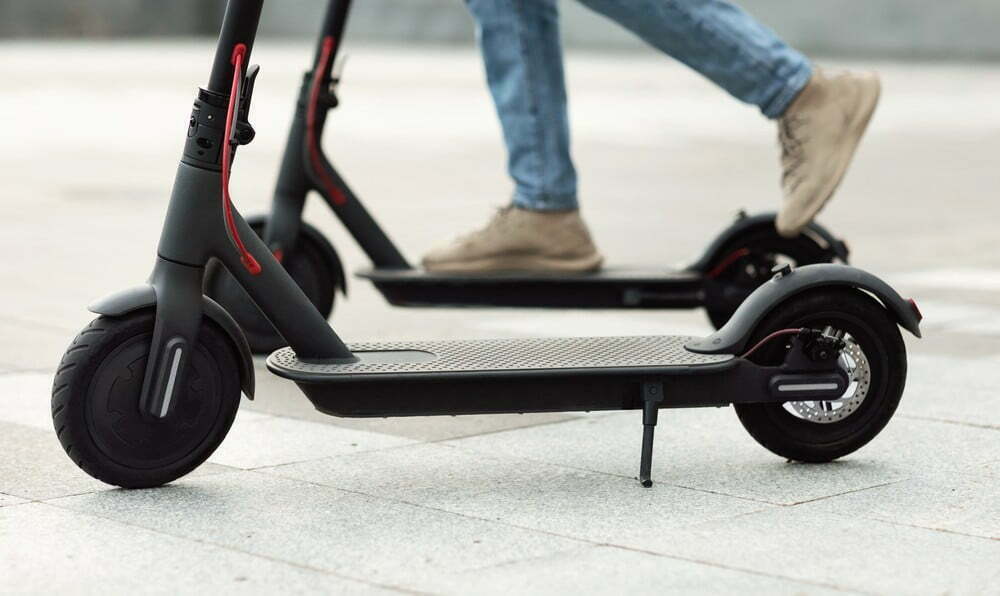
![Best Waterproof Electric Scooters in [year] 27 Best Waterproof Electric Scooters in 2025](https://www.gadgetreview.dev/wp-content/uploads/best-waterproof-electric-scooter-image.jpg)
![Fastest Electric Scooters for Adults in [year] 28 Fastest Electric Scooters for Adults in 2025](https://www.gadgetreview.dev/wp-content/uploads/fastest-electric-scooter-for-adults-image.jpg)
![Best Dual Motor Electric Scooters in [year] 29 Best Dual Motor Electric Scooters in 2025](https://www.gadgetreview.dev/wp-content/uploads/best-dual-motor-electric-scooter-image.jpg)
![Best Electric Scooters with Suspensions in [year] 30 Best Electric Scooters with Suspensions in 2025](https://www.gadgetreview.dev/wp-content/uploads/best-electric-scooter-with-suspension-image.jpg)
![What Is the Lightest Electric Scooter in [year]? 31 What Is the Lightest Electric Scooter in 2025?](https://www.gadgetreview.dev/wp-content/uploads/what-is-the-lightest-electric-scooter-image.jpg)
![Best Electric Scooters for College Students in [year] 32 Best Electric Scooters for College Students in 2025](https://www.gadgetreview.dev/wp-content/uploads/best-electric-scooters-for-college-students-image.jpg)
![Best Gotrax Electric Scooters in [year] 33 Best Gotrax Electric Scooters in 2025](https://www.gadgetreview.dev/wp-content/uploads/best-gotrax-electric-scooters-image.jpg)
![Best Helmets for Electric Scooter in [year] 34 Best Helmets for Electric Scooter in 2025](https://www.gadgetreview.dev/wp-content/uploads/best-helmet-electric-scooter-image.jpg)
![Best Electric Scooter Gloves in [year] 35 Best Electric Scooter Gloves in 2025](https://www.gadgetreview.dev/wp-content/uploads/best-electric-scooter-gloves-image.jpg)
![Best Phone Holders for Electric Scooter in [year] 36 Best Phone Holders for Electric Scooter in 2025](https://www.gadgetreview.dev/wp-content/uploads/best-phone-holder-for-electric-scooter-image.jpg)
![Best Lights for Electric Scooter in [year] 37 Best Lights for Electric Scooter in 2025](https://www.gadgetreview.dev/wp-content/uploads/best-lights-for-electric-scooter-image.jpg)
![Best Electric Scooter Horns in [year] 38 Best Electric Scooter Horns in 2025](https://www.gadgetreview.dev/wp-content/uploads/best-electric-scooter-horn-image.jpg)
![Best Electric Scooter Knee Pads in [year] 39 Best Electric Scooter Knee Pads in 2025](https://www.gadgetreview.dev/wp-content/uploads/best-electric-scooter-knee-pads-image.jpg)
![Best Electric Scooter Elbow Pads in [year] 40 Best Electric Scooter Elbow Pads in 2025](https://www.gadgetreview.dev/wp-content/uploads/best-electric-scooter-elbow-pads-image.jpg)
![Best Long Range Electric Scooters in [year] 41 Best Long Range Electric Scooters in 2025](https://www.gadgetreview.dev/wp-content/uploads/best-long-range-electric-scooter.jpg)
![Best Electric Scooter in [year] ([month] Reviews) 42 Best Electric Scooter in 2025 (December Reviews)](https://www.gadgetreview.dev/wp-content/uploads/best-electric-scooter-image.jpg)
![10 Best Folding Electric Scooters in [year] 43 10 Best Folding Electric Scooters in 2025](https://www.gadgetreview.dev/wp-content/uploads/best-folding-electric-scooters.png)
![10 Best Off Road Electric Scooters in [year] 44 10 Best Off Road Electric Scooters in 2025](https://www.gadgetreview.dev/wp-content/uploads/best-offroad-electric-scooter.jpg)
![10 Best Electric Scooters With Seat in [year] 45 10 Best Electric Scooters With Seat in 2025](https://www.gadgetreview.dev/wp-content/uploads/best-electric-scooters-with-seat.jpg)
